The Invisible Technology Behind Themed Entertainment
In the years I’ve spent developing and implementing show control systems, one thing has become abundantly clear: the best systems are the ones no one ever notices.
If the technology is working as it should, the guest simply enjoys the experience, unaware of all complex systems working silently behind the scenes.
1. Seamless Transitions
Imagine you're on your favourite theme park ride. The music swells just as you turn a corner, a dragon roars while flames shoot up, and colourful lights dance around you - all perfectly timed.
This magic happens because control systems (like Medialon and Q-SYS) work like a hidden conductor, directing every element of the show.
On a haunted house ride, for example, each scare, sound, and special effect must happen at exactly the right moment to keep you wrapped up in the story.
Behind the scenes, technical teams use these specialised systems to run these complex shows, but their real success is when you're too caught up in the experience to even think about how it all works.
In my designs, I’ve always strived to ensure that operators and technical teams have simple interfaces and troubleshooting tools, but for the guest, the technology is invisible. That’s how we know we’ve done our job right.
2. Enhancing Comfort and Accessibility
Think about your last museum visit. You probably didn't notice the lights subtly adjusting to protect the artwork while keeping it perfectly visible, or how the temperature stayed just right.
Behind the scenes, control systems handle all of this automatically.
They also power the helpful touches that make visits easier for everyone - from doors that open on their own to screens displaying captions for videos. All these features work quietly in the background so you can focus on what you came to see - the amazing exhibits.
3. Keeping the Show Running
From my work in large-scale attractions, I know that every minute a ride is down, it costs operators significantly.
The beauty of a well-designed control system is its ability to detect and resolve issues before guests are even aware there’s a problem.
Modern theme parks use control systems that act like a constant health check.
If something's not quite right, they can either quickly reset themselves or alert a technician who can fix the issue before you'd ever notice.
4. Making You Feel in Control
Today’s technology allows for some incredible personalization in attractions, and control systems are at the heart of this.
This is how museums and rides can adapt to you without you realising it. When you wave at a screen or step closer to a display, the content changes just for you.
While it feels like you're in control, smart systems are actually working behind the scenes to make your experience feel natural and personal.
5. Safety First
Safety is always our top priority. I can’t emphasise enough how critical control systems are in ensuring the safety of guests.
Whether it’s monitoring ride speeds, controlling emergency lighting, or triggering automatic shutdowns in case of a fault, these systems are constantly working in the background.
In my experience, designing systems that prioritise both safety and ease of use for the operators is key.
Control systems are the silent heroes of theme parks and attractions. Think of them as the magicians behind the curtain - making sure your experience is safe, smooth, and memorable.



